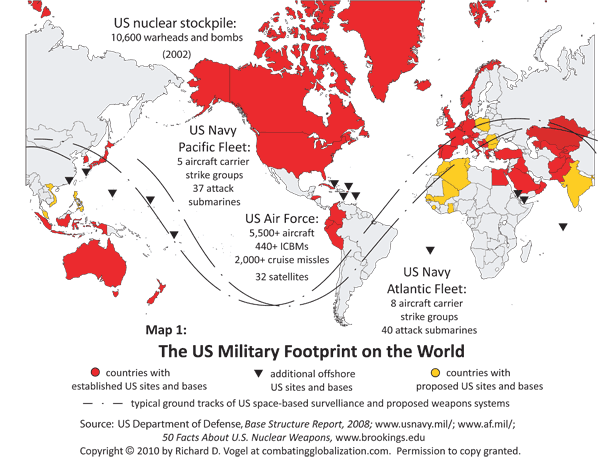
Iran has been the focus (directly or indirectly) of the bulk of my research to date, and the focus of a good degree of my teaching also – keeping alive the spirit of research-led teaching.
The nuclear stand-off between Iran and the international community is ever present in the media, and has been for over a decade. So, I’m rarely surprised when I clock off from my Iran-centered academic life to find yet more Iran issues bombarding me on the news, social media and so on.
However, I was surprised when I took an evening off to watch the 2014 remake of the old 80s classic Robocop. In the movie (*mild spoilers ahead*), the opening scene featured a full US occupation of Tehran. More still, an occupation with a fully automated US robot soldier army.
It was a curious choice of opening scene. Obviously, the writers of the movie wanted to show that the US war of the future would be robotic, as much is central to the plot. And, it seems that when they canvassed the literature / experts for where such a war would occur they settled on Iran. It is indeed true that Iran has been a prime target of the US military for at least a decade.
I use the image below in one of the modules I teach to show how Iran has been surrounded in a sea of US military assets. However, the fact that the US has held this posture on Iran for over a decade without directly invading it discredits all notions that they have the genuine intention, or ability, to invade it. What we are seeing is the old Cold War strategy of containment. Though, in a new guise.

While I enjoyed the remake of Robocop (though the 80s version has a gaudy edge that modern Hollywood cannot top), I remain convinced that there is virtually no chance of a US war with Iran featuring ground troops of any variety (flesh or cyber). That idea is a fantasy that died a death when the War on Terror got bogged down in Iraq – in part due to Iranian state sponsored terrorism directed at the US occupation.
Perhaps if the international nuclear talks go dark again some sort of tactical US or Israeli air strikes may occur at some point on Iranian nuclear facilities. This would be the most extreme outcome possible. Yet, still unlikely during the current US administration. But a full scale war, no. If the UN cannot agree on intervention in Syria, how could they be expected to agree on a war in Iran where the threat is so distant and contested? And, it would take a very hard man (or woman) in the Oval Office to bypass the UN and international law and bring back the ‘with us or against us’ rhetoric of George W. Bush. This speaks nothing to the difficulties of selling another war to the US public absent some clear and present danger. Iran does not fulfil such a criteria, nor is ever likely to. Nuclear bomb or not.
That opening scene aside, what is more credible about the Robocop remake is the contribution it has made to the raging debate currently going on over ‘Killer Robots’. The movie depicts a near future when warfare has been essentially outsourced to the sort of killer robots that are only starting to be developed now, with much international controversy attached. The concept that humans no longer need to die in wars, and the nation with the deepest pockets and the best technology is peerless and unstoppable is a key selling point for the research into these new tools of warfare. Robocop hit those notes bluntly, but well. Reminiscent of the old Charles Krauthammer notion of a US Unipolar era (pdf), but with a Revolution in Military Affairs added.
Further Reading on E-International Relations
- Opinion – The Viability of Iran Nuclear Talks Without the Gulf Cooperation Council
- The Day after Tomorrow: The EU and the Iran Nuclear Deal
- Opinion – How Could Iran Survive Trump’s Maximum Pressure 2.0?
- Opinion – Iran at the Crossroads Pending Trump’s Return
- Opinion – China’s Saudi-Iran Deal and Omens for US Regional Influence
- Opinion – Iran 2020: Election Polls, Panics and Predictions